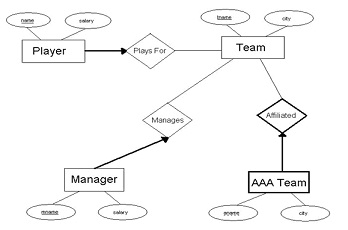Reference no: EM131504583
Lab- Router Configuration - Router Information Protocol (RIP).
Routing Information Protocol (RIP) is a commonly used routing protocol in small to medium TCP/IP networks. It is a stable protocol that uses a distance-vector algorithm to calculate routes. In this lab, you will use Packet Tracer to configure the small topology shown in figure 1 using RIP protocol. You will be guided to record down all the IPs and RIP codes for this exercise.

Q1. PCs configuration:
1. Connect the topology shown in figure 1 using Packet Tracer
2. Use table 1 to suggest and assign IPs to all PCs including the Default Gateway.
|
Device
|
IP address
|
Subnet Mask
|
Default Gateway
|
|
PC 1
|
|
|
|
|
PC 2
|
|
|
|
|
PC 3
|
|
|
|
|
PC 4
|
|
|
|
|
PC 5
|
|
|
|
|
PC 6
|
|
|
|
|
PC 7
|
|
|
|
|
PC 8
|
|
|
|
Q2. Routers configuration:
1. Use table 2 to assign IPs to Routers' interfaces.
2. Make sure you enable the interface (no shutdown)
|
Device
|
Interface
|
IP address
|
Subnet Mask
|
|
R1
|
fa0/0
|
|
|
|
R1
|
|
|
|
|
R2
|
|
|
|
|
R2
|
|
|
|
|
R3
|
|
|
|
|
R3
|
|
|
|
|
R4
|
|
|
|
|
R4
|
|
|
|
|
R5
|
|
|
|
|
R5
|
|
|
|
|
R5
|
|
|
|
|
R5
|
|
|
|
Q3. Testing:
1. Test the connections using PING between the PCs in one LAN and their Default Gateway
2. Test the connections using PING across the LAN networks. Is it successful?
Q4. Use RIP protocol to bridge the LAN networks:
1. Apply RIP in all routers. Use table 3 to show all the codes you plan to use.
2. Once all codes are applied in the routers, use "show ip route" to make sure all networks are known to the Routers. Resolve any issue if not all networks are known.
|
Device
|
RIP codes
|
|
R1
|
router rip
|
|
Network
|
|
|
|
R2
|
|
|
|
|
|
|
R3
|
|
|
|
|
|
|
R4
|
|
|
|
|
|
|
R5
|
|
|
|
|
|
|
|
|
|
Q5. Briefly comment on the RIP protocol. You may refer to your experimental work and external sources.